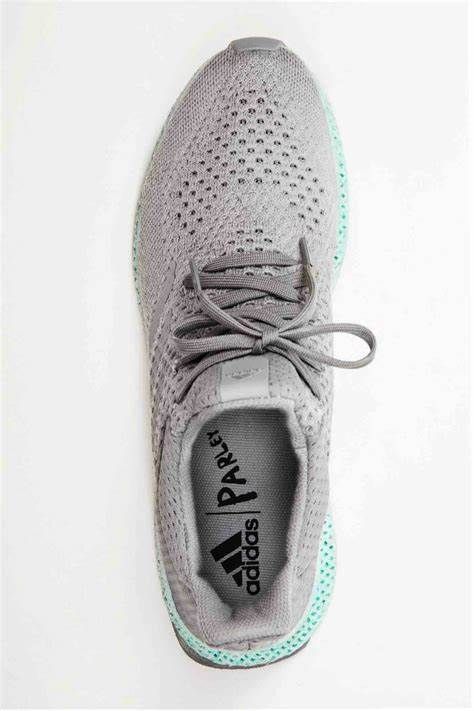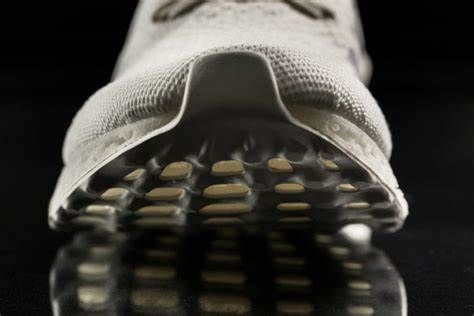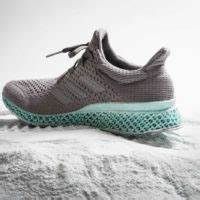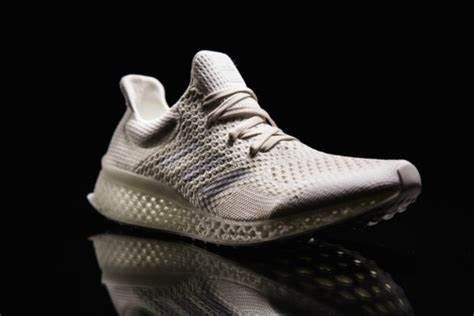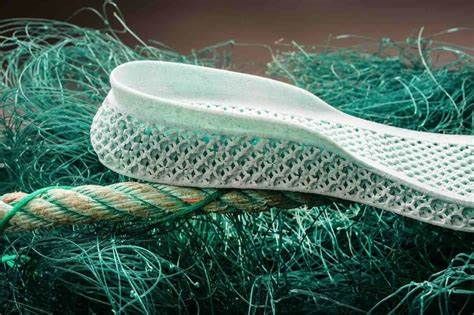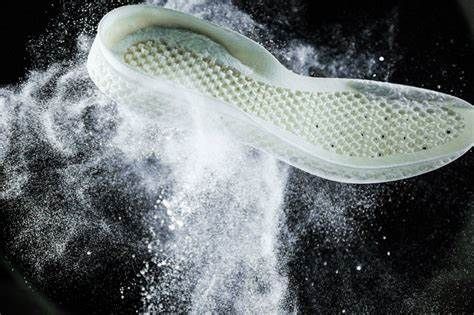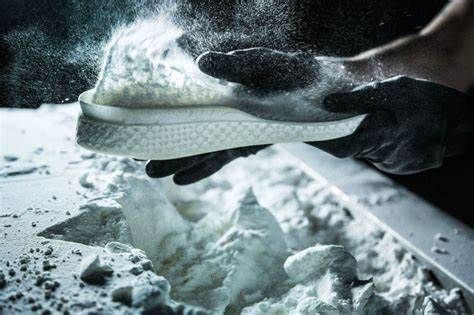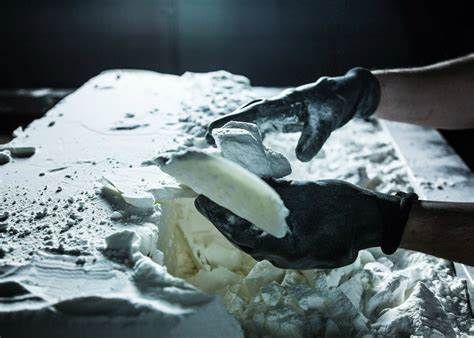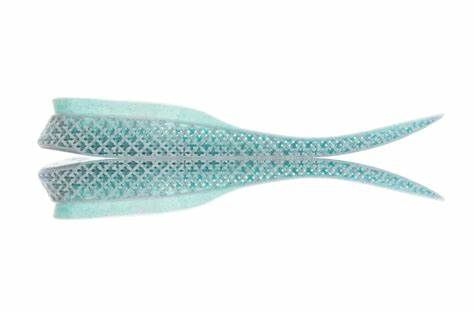Adidas Recycled Shoes from Ocean Waste: Plastic waste in the oceans is one of the biggest problems our generation faces. According to a report made in 2010, an estimated 8 million tons of plastic ends up in the oceans due to the coastal countries and since then the number has risen exponentially. Leaders of the world are aware of the facts and some of the more concerning corporations are introducing changes in their ways to help the cause. In a bid to use the recycled waste from the oceans in their designs, Adidas in collaboration with Parley for the Oceans has unveiled a new concept converging the idea with their futurecraft 3D printed shoes. Also, Adidas 3D printed shoes customized for each individual’s feet.
Adidas Recycled Shoes Body:
It is an eco-friendly shoe with an upper-body formed of plastic materials from the ocean and the mid-sole 3D printed out of recycled polyester and gill nets. This is not the first time, Adidas has unveiled a design that supports the cause, its first endeavor of such a kind was in fact back in June when it showcased a shoe made entirely from recycled ocean waste. That was the beginning of their friendship with Parley, an organization dedicated to protecting the oceans worldwide. The innovative concept of footwear was brought to the limelight at the Parley talk at COP21 Paris France Sustainable Innovation Forum 2015 and declared a new path to approach industrial design, paving the way for others out there thus. “2015 is our year, the year of the oceans, the ocean movement successfully brought the cause onto the COP21 agenda in Paris. Protecting life underwater became the 14th development goal of the United Nations, with a framework of political goodwill in place, it is the right moment to transform words into action. therefore, Parley in Paris is all about updating knowledge, sharing visions, fine-tuning strategies, creating concepts, and forging collaborations in order to kick-start change. We are really excited to have Adidas supporting us in this journey and showing how you can take concrete steps in the right direction.’’ Cry Cyrill Gutsch, founder of Parley for the Oceans, expresses his views thus. With this, Adidas forages further into the world of Complete Sustainability it aims to achieve. It has even promised to stop using plastic bags in its retail stores by the end of the first three months of 2016. It has already begun its battle against plastic pollution by nullifying the usage of plastic bottles in its headquarters in Germany. “World leaders forging an agreement is wonderful, but we shouldn’t need to be told to do the right thing, the industry can’t afford to wait for directions any longer. Together with the network of parley for the oceans, we have started taking action and creating new sustainable materials and innovations for athletes. The 3D-printed ocean plastic shoe midsole stands for how we can set new industry standards if we start questioning the reason for what we create. We want to bring everyone from the industry to the table and create sustainable solutions for big global problems.” – explains Eric Liedtke, Adidas executive board member. As to when its 3D printed shoe will make an appearance in the commercial market, is not sure. The shoe as of now is not perfect for usage, it is not cushiony enough for feet. Of 3-D printing their designs, Eric Liedtke says, “We don’t know how to scale up this process, but we have to keep working on it.” The recycled polyester in the Adidas recycled shoes used in 3D printing is in no way inferior to virgin polyester, Adidas Sustainability director, Alexis Olans Haass, was noted as saying. The company even aspires to use the highly degraded plastic content found in oceans in various other ways like the store furniture or the fixtures, as, they lack enough homogeneity to be used as fibers in the design of shoes. The concept shoe is a beacon of light, it shows a general consciousness blooming among the people for the planet and its sustainability. But, above all, it serves as inspiration for us, the designers, and presents to us a new way to contribute to the Earth, our home.
By: Antara Jha
